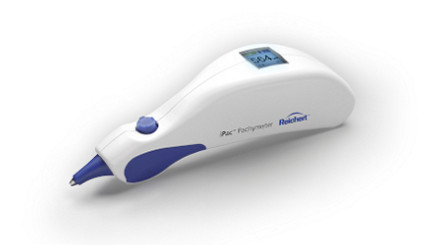
Pachymetry is used to measure the thickness of the cornea. The cornea is the transparent tissue located in the front part of the eye and is the first structure responsible for visual clarity. The thickness of the cornea plays a significant role in the diagnosis and monitoring of various eye diseases.
Pachymetry is performed using either ultrasonic or optical technology. Ultrasonic pachymetry devices measure the thickness of the cornea using sound waves. Optical pachymetry devices determine the thickness by analyzing the reflected light from the cornea. Both methods can measure the thickness of the central and peripheral regions of the cornea.
Pachymetry is performed using either ultrasonic or optical technology. Ultrasonic pachymetry devices measure the thickness of the cornea using sound waves. Optical pachymetry devices determine the thickness by analyzing the reflected light from the cornea. Both methods can measure the thickness of the central and peripheral regions of the cornea.
Furthermore, pachymetry is used in the evaluation of conditions where intraocular pressure, such as Glaucoma, is significant. The thickness of the cornea can affect the accuracy of tonometry tests used to measure intraocular pressure. Additionally, corneal thickness is important in the evaluation of surface eye diseases such as corneal edema.
Pachymetry is also used in the diagnosis and monitoring of conditions affecting the shape of the cornea, such as Keratoconus. Keratoconus is characterized by thinning of the cornea and a conical shape. Measuring corneal thickness provides an important parameter for monitoring disease progression and planning treatment.




